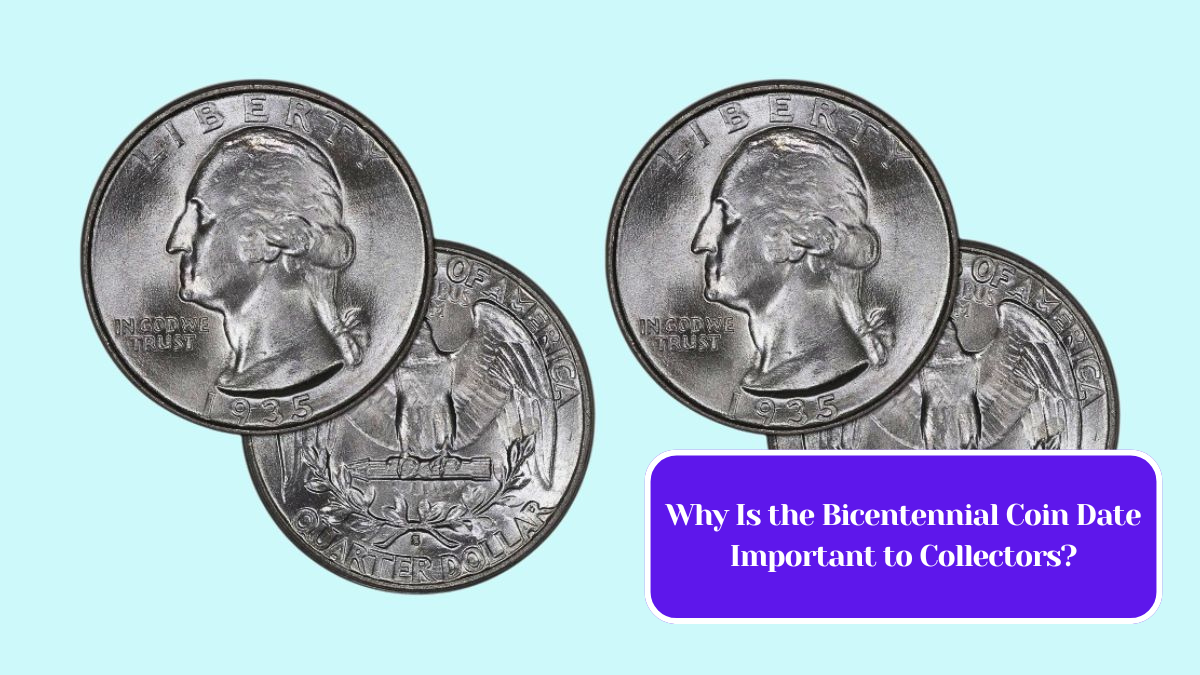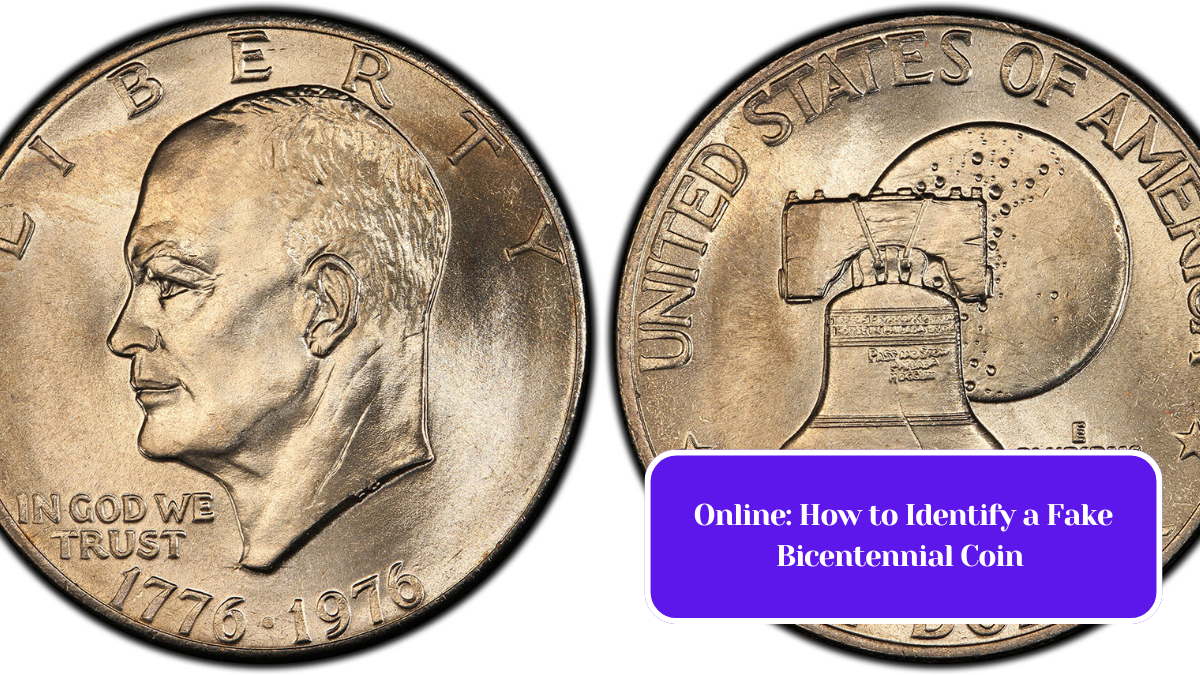The 1976 Bicentennial Half Dollar is a fascinating piece of American numismatic history that appeals to both collectors and casual enthusiasts alike. Struck to commemorate the 200th anniversary of the United States, this coin stands out not just for its historical significance but also for its unique design and limited production. Let’s delve into what makes these rare Bicentennial Half Dollars unique and why they are sought after by collectors.
Historical Significance
The Bicentennial Half Dollar was issued in 1975 and 1976 as part of a broader celebration of America’s 200th birthday. The coin features an iconic design that reflects the spirit of independence and national pride. On the obverse side, it showcases the portrait of Benjamin Franklin, a founding father known for his contributions to the formation of the nation. The reverse side features a depiction of the Liberty Bell, symbolizing freedom and democracy. This design choice makes the Bicentennial Half Dollar a significant artifact of American heritage.
Unique Features
One of the most distinguishing features of the Bicentennial Half Dollar is its unique dual-date marking. While it was minted in 1975 and 1976, the coin displays the date “1776-1976.” This clever design not only marks the bicentennial celebration but also gives the coin a dual significance that sets it apart from other half dollars.
Composition and Design Variations
The Bicentennial Half Dollar is composed of a copper-nickel clad, making it more resilient than its silver predecessors. However, some special mint issues were produced in silver, which are even rarer and more valuable. Collectors often seek out these silver versions, as they carry a higher intrinsic value due to their silver content.
Additionally, variations exist in the design. For example, the 40% silver version was minted primarily for collectors, while the standard version was produced in larger quantities for circulation. The distinction between these two types is vital for collectors looking to enhance their collections.
Rarity and Collectability
While millions of Bicentennial Half Dollars were minted, certain mint marks and varieties are much rarer than others. Coins minted at the San Francisco Mint (S mint mark) are particularly sought after, especially in higher grades. Uncirculated examples and coins with particular characteristics, such as full bell lines on the reverse, can command significant premiums in the market.
Condition Matters
The condition of a Bicentennial Half Dollar greatly affects its value. Coins that have been well-preserved, particularly those graded by professional grading services, can be worth many times their face value. Collectors often look for coins in mint state (MS) condition, as these are more likely to retain their original luster and detail.
The Bicentennial Half Dollar is not just a piece of currency; it’s a tangible connection to a pivotal moment in American history. Its unique design, historical significance, and variations in minting make it a cherished item among collectors. Whether you’re a seasoned numismatist or just starting, understanding what makes these coins unique can enhance your appreciation and possibly guide your collection strategy.












